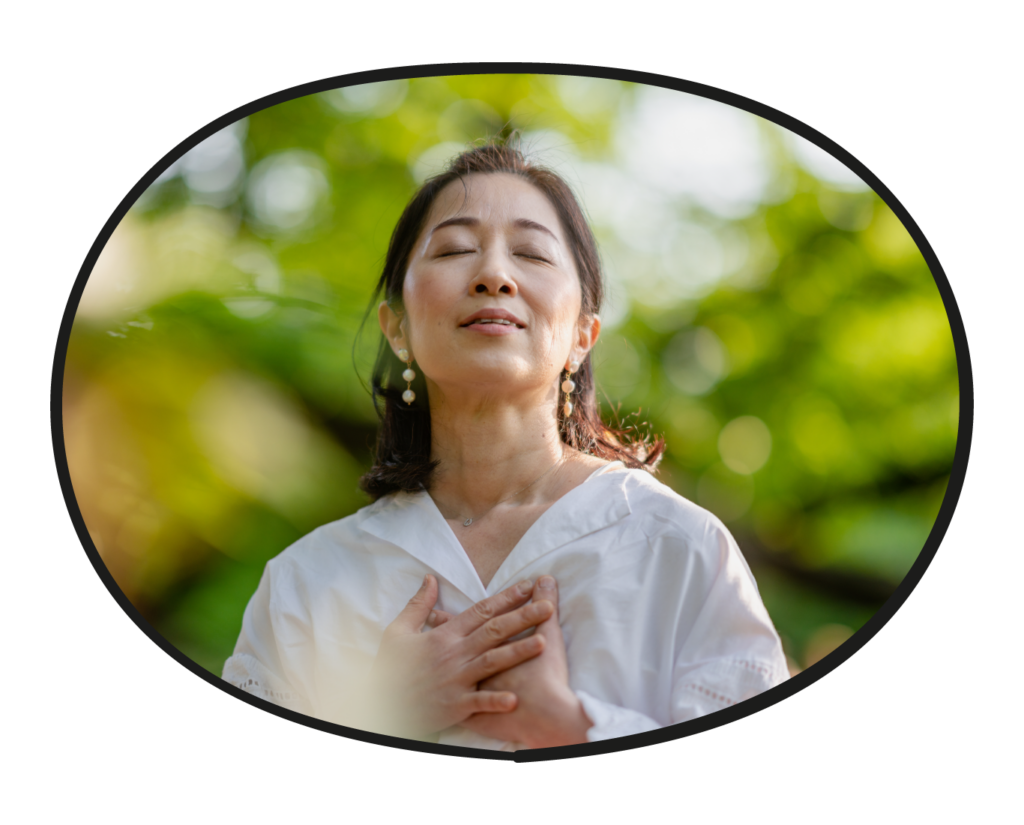Group therapy – a potential treatment for sexual dysfunction?
A group of Canadian researchers, led by Dr. Lori Brotto of the University of British Columbia, were interested in whether group therapies could benefit women with low sexual desire and/or arousal and distress and if it could last longer term (6 – 12 months).
They tested the effects of sex education and group therapy, with or without mindfulness training, and looked for changes to various aspects of the participants’ sexual function (i.e., desire , arousal, distress, relationship satisfaction, rumination, and the participants’ impression of how much their sexual desire and quality of sexual life have changed following treatment).

What treatments were being tested in the study?
The 148 Canadian women were randomly split into two groups, both having eight weekly treatment sessions. The therapies were delivered by clinicians specialized in group therapy who were knowledgeable about sexual dysfunctions. All participants were also given “homework” to practice at home outside of the group sessions.
1) Sexual education and group therapy (STEP therapy)
These participants received sex education and group therapy, including “sensate focus”. Sensate focus is a technique in which couples touch one another while giving each other their full attention, and is a way of teaching healthy communication between partners.
2) Mindfulness-based cognitive therapy (MBCT therapy)
This group received the same education and support as the STEP therapy group, but were also taught mindfulness exercises. Participants spent an hour each session bringing mindful attention and calm to erogenous parts of the body.
What did they find?
Both treatments increased sexual desire and arousal
Both treatments showed significant increases in sexual desire and arousal, which were maintained for 6 to 12 months after treatment. These improvements may have been due to:
- learning more about their own bodies and improving their understanding of sexuality, since women who struggle with low desire often hold inaccurate beliefs about sexuality
- the support and community-building provided in the STEP therapy. Sharing similar experiences with other women may have provided relief by decreasing feelings of isolation
- the mindfulness training which resulted in increased attention to sexual cues, and awareness of bodily sensations. This may also have removed some of the psychological barriers to sexual arousal, by decreasing negative thinking
- positive expectations of the treatments
Mindfulness training reduced distress and improved relationship satisfaction
Both treatments showed a decrease in sexual distress, but these changes were significantly greater in the mindfulness group. This was likely due to the development of self-compassion through the mindfulness exercises.
Participants in the mindfulness group also showed significantly greater improvements in relationship satisfaction at all follow-up time points.
Conclusions
Mindfulness therapy and supportive sex education are both effective in improving low sexual desire and arousal problems in women. Mindfulness therapy in particular showed great improvements in decreasing women’s sexual distress. Many of these positive changes were shown to be maintained up to a year after the end of active treatment, which means that women can continue to develop and learn from the techniques learned in these sessions.
Reference article:
Brotto LA et al. (2021) A randomized trial comparing group mindfulness-based cognitive therapy with group supportive sex education and therapy for the treatment of female sexual interest/arousal disorder. J Consult Clin Psychol; 89(7): 626-639.